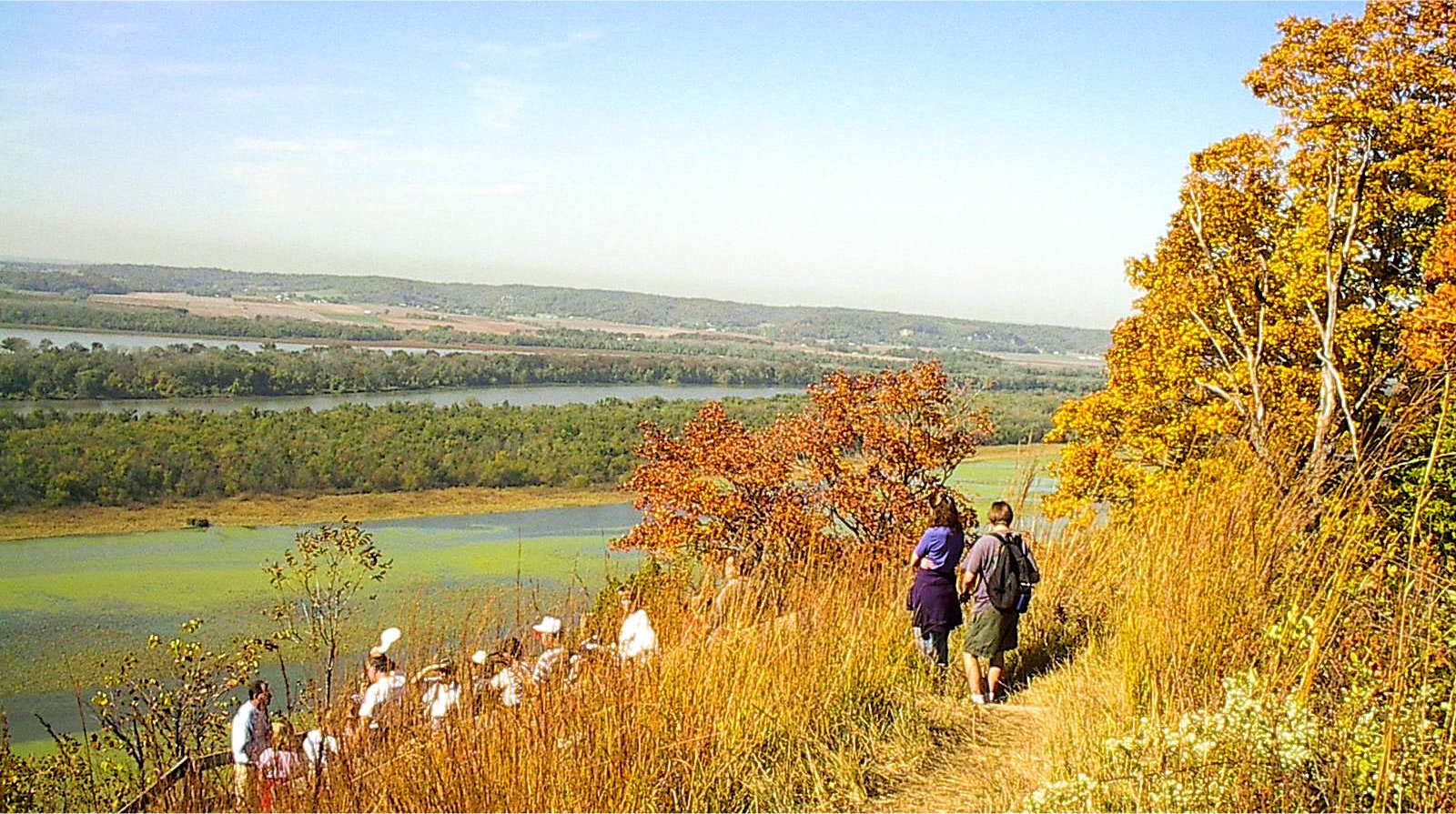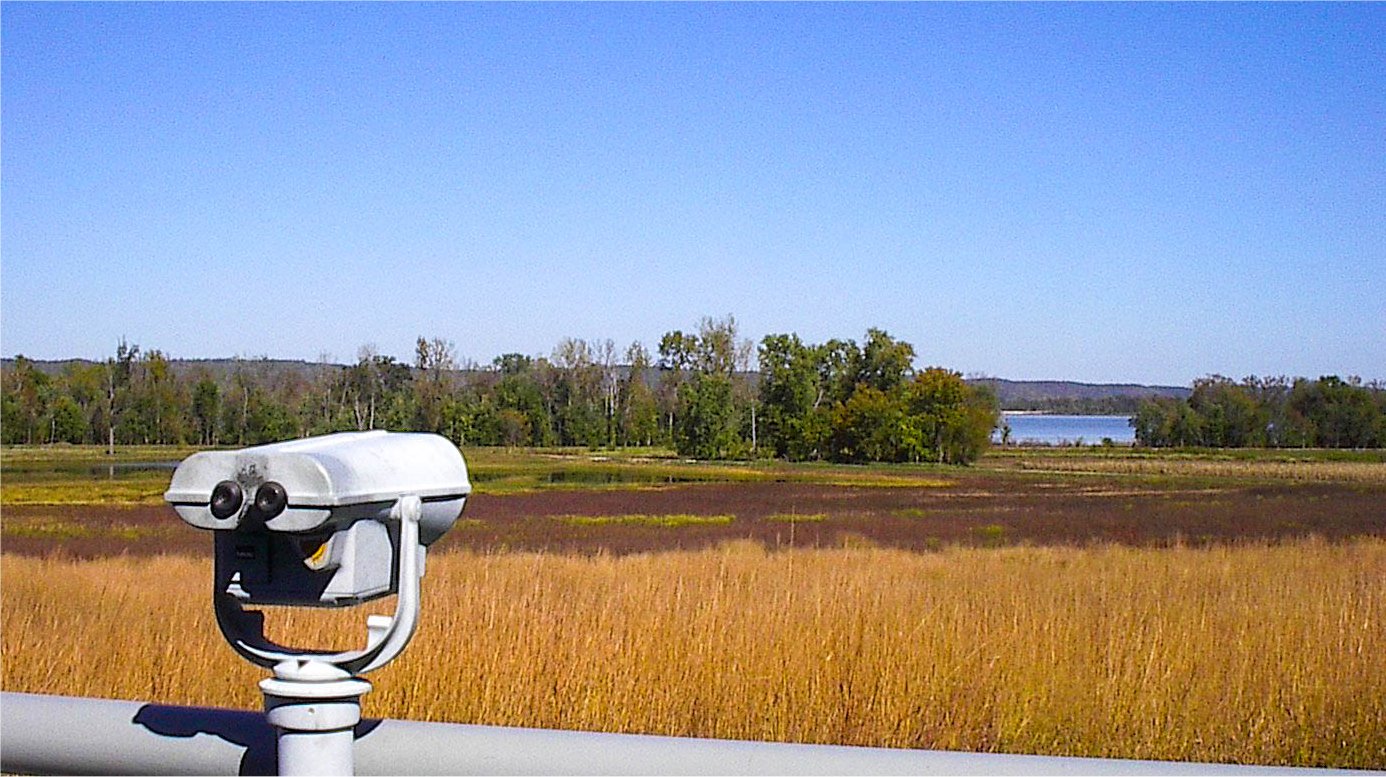Pere Marquette State Park Visitors Center
13112 Visitor Center Lane, Grafton, Illinois
618-786-3323 ext 1
A Great Horned Owl
A Barred Owl
Pere Marquette State Park is home to many owls. Owls are primarily nocturnal birds belonging to the order Strigiformes. They have large round heads and unlike other species of birds, they have large eyes that face forward. An owl can turn its head 270 degrees and quickly swivel it back in the opposite direction making it appear that it is turning its head in a complete circle. Owls have sharp beaks and powerful talons which help it capture its prey. A distinct feature of owls is that one of its talons is flexible, being able to be used as either a front or back talon.
Owls hunt and live in woodlands and fields. They have very keen eyesight and can see in both day and night light. With eyesight up to 30 times more sensitive that humans, owls need only the most minute quantity of light to see at night. Owls also have incredible hearing involving asymmetrical ear chambers. Owl feathers are uniquely constructed with edges resembling combs that muffle nearly all the sound created as they are flying. The combination of their keen eyesight and hearing, powerful talons and beak, and the ability to fly silently make owls a very efficient predator.
Owls are fond of rodents but do eat other prey. A single Barn Owl can eat over 1000 mice in a single year. After eating, owls regurgitate pellets, which contain the indigestible bones, fur and feathers of their victims. These pellets are often collected by researchers to study the owl’s eating habits. Owls do not build their own nests, but use old hawk nests, natural cavities, buildings or human constructed boxes. Female owls are generally 25% larger than males.
There are eight types of owls that are found in Illinois. The Short-Eared Owl, the Long-Eared Owl and the Common Barn Owl are on the Endangered Species List and it is illegal to possess any part of these 3 creatures. The Northern Saw-Whet Owl and the Snowy Owl are uncommon to the State. The Great Horned Owl, the Barred Owl and the Eastern Screech Owl are common to both the State and to Pere Marquette State Park.













